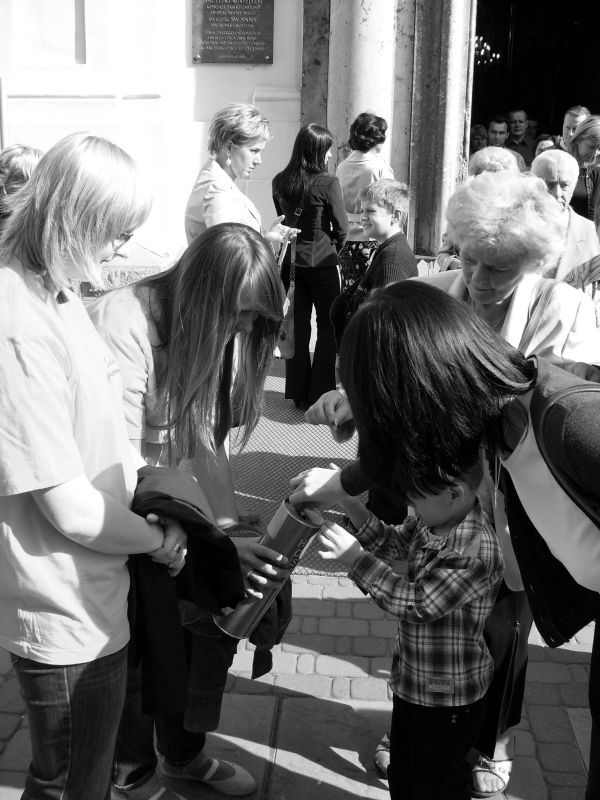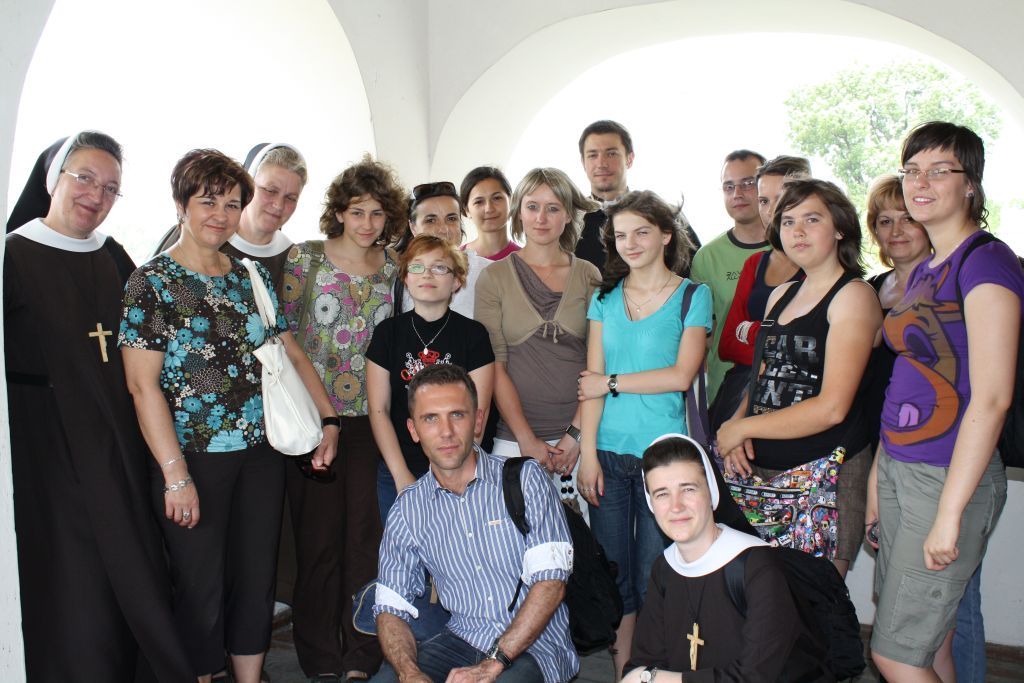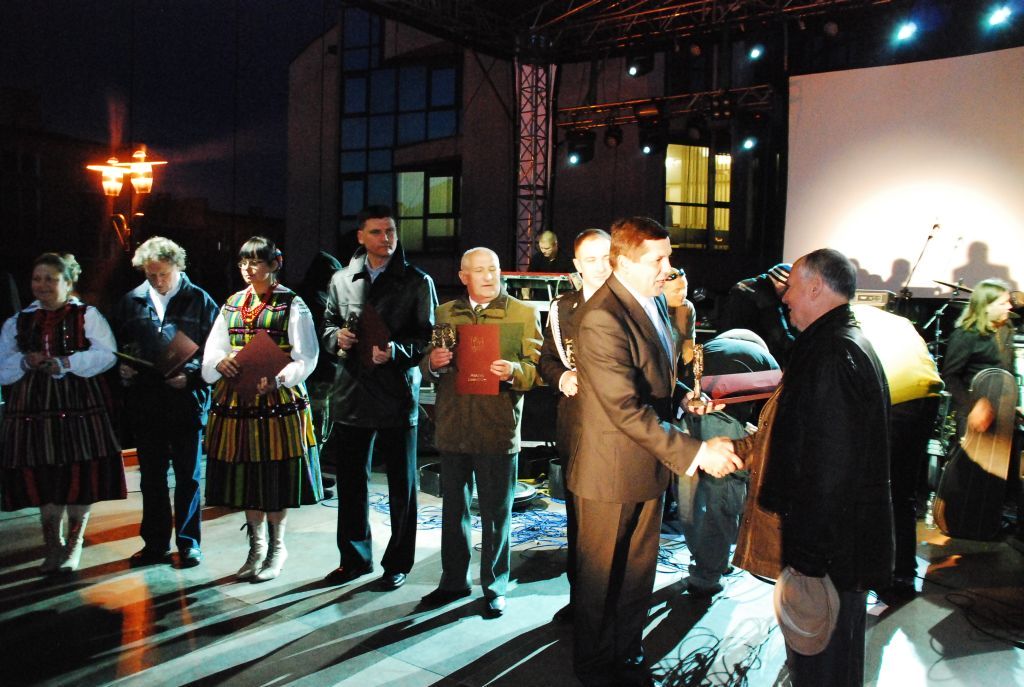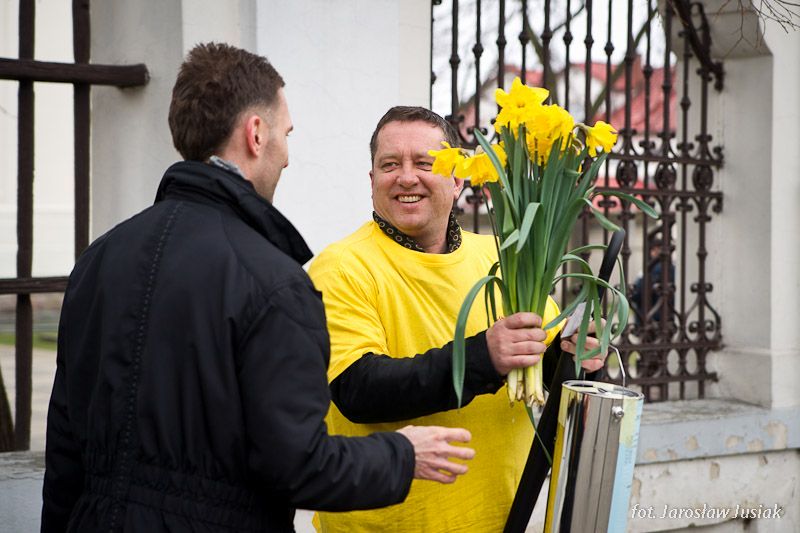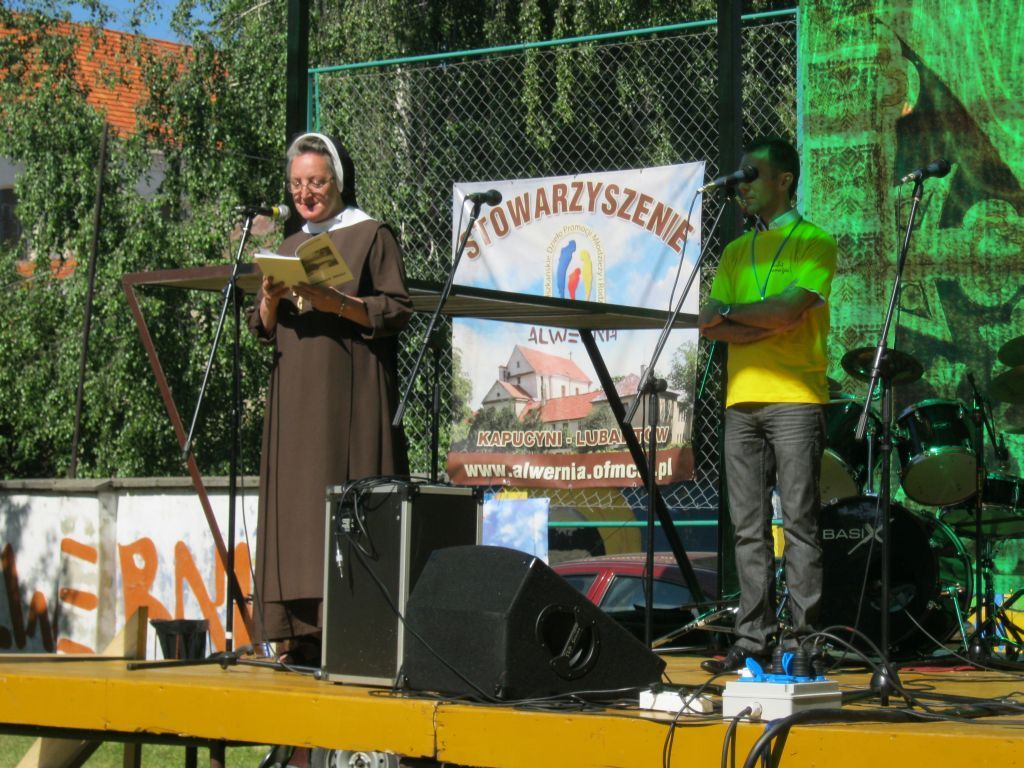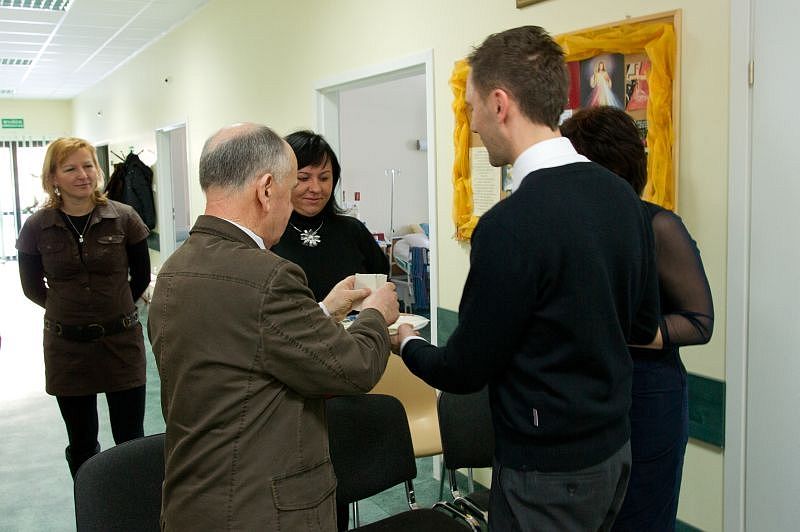feminine nouns norwegiansection 301 staples center concert
dodane przez dnia lis.20, 2021, w kategorii harley-davidson leather jacket mens
Norwegian Nouns. Answer (1 of 2): Aah, those wonderful and useful pronouns!
In French, all nouns have a gender: masculine of feminine. el doctor, la doctora). Norwegian dialects traditionally distinguish between three genders: masculine, feminine and neuter. This is the second of a three-volume comprehensive reference work on “Gender across Languages”, which provides systematic descriptions of various categories of gender (grammatical, lexical, referential, social) in 30 languages of ... In comparison, the use of all three genders (including the feminine) is mandatory in Nynorsk. The following Norwegian lessons are designed to help you improve your speaking, reading, and writing. Found inside – Page 103The two occurrences of common nouns in nom.sg in Norwegian manuscripts before c. ... ON and Modern Icelandic examples with weak nouns are Helgi and Ingi (masculine/male) versus Helga and Inga (feminine/female), inflected like masculine ... Technically there is a third gender, feminine (which Nynorsk retains), but since feminine nouns can be written as masculine nouns, I'm including feminine nouns in the masculine category. (nationality)
• gender: masculine, neuter, feminine. Nouns have one of three grammatical genders in most spoken varieties of Norwegian: feminine, masculine, and neuter, as well as in the Nynorsk written standard.
Surveys gender across a range of languages. For class use and as a reference resource for students and researchers in linguistics. Gender is arguably the most puzzling and fascinating of all grammatical categories. Forms of Possessive pronouns. Found inside – Page 145In fact he abandoned the Aasen norm about this time and turned to a decidedly more East Norwegian language . ... of nouns . 19 Norsk eller dansk - norsk ? p . 24 . ( b ) The treatment of weak feminine nouns . 145. Learning the Norwegian Nouns displayed below is vital to the language.
"The neuter nouns of all classes differed from the masculines and feminines in their nominative and accusative endings, which were alike." "Some dialects and variants of Nynorsk furthermore have different declension of weak and strong feminines and neuters." This is an umbrella category.
This means that the central meaning of the compound is carried by the head.
Found inside – Page 78'city' is referred to both with hun, han and the new form den, which later replaced hun and han in Danish, Norwegian Bokmal and in some Norwegian dialects to refer to both feminine and masculine nouns. In the city protocol, ... These are all examples of indefinite articles in Norwegian and are the equivalents of the English a or an . Found inside – Page 1638... of 1917 standard Dano - Norwegian , all these word - forms remained unchanged ( reflecting upper - middle - class speech ) ; also , the common - gender system was kept intact ( with very few exceptions - some feminine nouns relating ... Here is the list (the underlined nouns can be feminine in the definite form, according to Bokmaalsordboka, but are very rare in writing in the feminine form, the masculine form is used instead. The corresponding indefinite articles in English are a/an.
Found inside – Page 55An idealized pattern Of a gradual transition from feminine to “common” gender is shown in Table 3. ... what Einar Haugen found in his investigation of the assignment of gender to English nouns that were borrowed into American Norwegian. chatoyer (verb) - to shimmer. DICTIONARY USE. It is simply a form of the indefinite article attached to the end of the noun.
add -en instead of -a for the definite form. Spanish nouns are either masculine or feminine, singular or plural, and the adjectives that describe the nouns must agree with them (i.e., must change their endings). The Bokmål written standard also allows for a two-gender system (common and neuter gender), which is also seen in some dialects, which will be discussed in more detail below. Highlight noun steem and endings.
Learn from captions and translations and enjoy access to ALL languages! The nouns "hand" and "nation" are feminine in all of the Romance languages because the Latin nouns manus and natio are feminine. El noruego se originó a partir del idioma hablado por los vikingos. It contains no dictionary entries, but only other, language-specific categories, which in turn contain relevant terms in . (For feminine nouns, the indefinite article is ei and the definite article that is attached to the noun is -a. They are affixes which have a grammatical function but do not change the class of a word. In these cases, only the common and neuter genders are used. Found inside – Page 105That is, we predict that the acquisition of the Norwegian gender system will be delayed. ... Specifically, we expect that our bilingual children will have lower accuracy rates with feminine nouns ending in a palatalized consonant and ... Once you're done with Norwegian Feminine, you might want to check the rest of our Norwegian lessons here: Learn Norwegian. Found inside – Page 168On the East Norwegian form , with feminine and neuter plural nouns definite ending in -a see above . What is the present tendency upon these points ? Ei visa , den visa . This class now takes generally -e , -a , other feminines end in ... Learn Spanish, French, German, Italian, Mandarin Chinese and English with authentic videos by Yabla that include subtitles and translations.
Section 1 PHRASES Tips and Notes VELKOMMEN! Dano-Norwegian had a two-gender system distinguishing a common gender and a neuter gender. Found insideden store senga a large bed the large bed Neuter et stort skap det store skapet a large cupboard the large ... When it is used, it is often found with nouns which have a form that is specifically Norwegian (i.e. one that differs from ... Need more Norwegian? Try the audio and video lessons at NorwegianClass101.com. The indefinite articles are en (masculine), ei (feminine) and et (neuter). Complete verbs of level A1 offline.
Further information on nouns. We take the relatively standard approach to gender expressed in the much-cited definition in Hockett Reference Hockett 1958:231: "Genders are classes of nouns reflected in the behavior of associated words."This means that gender is a morphosyntactic feature expressed as agreement between the noun and other targets, such as determiners . How to inflect Norwegian nouns that are feminine.
Feminine forms are used mainly in spoken colloquial Norwegian. Norwegian feminine refers to female qualities attributed specifically to women and girls or things considered feminine. A noun is a word referring to a person, animal, place, thing, feeling or idea (e.g. Found inside – Page 231Masculine and feminine nouns are subject to somewhat more allomorphic variation in New Norwegian than in Bokmdl, whereas the reverse is true with regard to the neuter. Bokmdl plural formation is restricted to suffixes with an -e-. alunissage (feminine noun) - moon landing. Found inside – Page 33( The ) Beautiful * France 58 , ( the ) unhappy Spain , ( the ) cold 57 Norway 5. ... Feminine nouns are formed from the masculine by adding inde or ske , as : Greve , Count Grevinde , Countess Bedrager , impostor Bedragerske ... Inspirational and Cute French Words. When you learn Norwegian, the first thing you have to settle on is what written standard you're going to use and what dialect you are aiming for when it comes to speaking the language. .
feminine definition: 1. having characteristics that are traditionally thought to be typical of or suitable for a woman…. There are two indefinite articles (a or an) that correspond with these genders: en for masculine nouns and et for neuter nouns. The use of feminine gender in Norwegian varies from one dialect to another. German feminine nouns list German feminine nouns will always take the definite article die and idefinite article eine in both the normative and accusative cases.Although you can sometimes define feminine nouns by the type of noun, such as feminine persons, flower species, there is in fact a very large number of nouns, where you can identify the feminine noun by the ending. Pronouncing the Norwegian O. Found inside – Page 48South Norwegian includes Agder ( The eastern part of Agder has the West Norwegian vowel reduction in infinitives and weak feminine nouns ( Sandøy 1985 : 85f ) , but the East Norwegian word accent spell - out ( Sandøy 1985 : 69f ) . Learn to read languages with interlinear bilingual books that include the original language and an English translation below in a smaller font. Feminine singular . Found insideFor example, Norwegian dialects, including those of the urban working-class, have three genders for nouns (masculine, feminine and neuter), whereas Dano-Norwegian, subsequently Riksmål, had, like Danish, only two (common and neuter). (language) a. el noruego. A2, B1, B2, C1, C2+ online (see Pro and Offline versions) Get genus and the right article der, die or das. A big difference from English is that the definite article is added in the end of the word as a suffix. noun. When we see a word ending in -O, it is safe to assume that it is probably a masculine word: el vino, el destino, el libro; Ending in -OR: el amor, el dolor, el pastor (exceptions: la flor y la labor) The general rule states that all Spanish nouns are masculine or feminine.
Descriptive adjectives are words that describe nouns and pronouns, like red, big, small, pretty, and hard-working. Learning the Norwegian Feminine displayed below is vital to the language. quotations .
Learn more. Thank you! Spanish Nouns: Masculine or Feminine?
However, if the noun already ends in -s, then you add nothing (unlike English where we add -' or -'s). professeur) -ien Le chrétien (the Christian) ~rare to find a feminine noun ending in -ien~ Feminine nouns usually change from '-ien' to '-
The series features monographs and edited volumes on the topics of lexicography and meta-lexicography. Find more similar words at wordhippo.com! Gender in Norwegian nouns. Let's go over each gender. Add to Folders Close.
are logically masculine and are preceded by masculine pronouns . Found inside – Page 30No. en ei et Ø Sw. en (common gender) ett Ø Def. den det de TABLE 2 | Adjectival inflection in Norwegian and Swedish. ... In varieties that only have two genders, the traditionally feminine nouns agree like (5), which is parallel to ... On the other hand I visited a forum about different handbooks for Norwegian and a lot of people argued that feminine form is commonly used and that it's huge a mistake to leave it out. Please consider sending a donation of any amount to help support ielanguages.com. See examples and notes below. Please consult the tips and notes section for the first lesson if you would like a review of the Norwegian grammatical genders. Luckily, there are some rules to help you recognise masculine, feminine and . Hankjønn: Masculine avis = paper en avis = a paper avisen = the paper aviser = papers avisene… In Norwegian, however: "en" is the indefinite article for masculine nouns "ei" is the indefinite article for feminine nouns "et" is the indefinite article for neuter nouns Which Norwegian feminine gender nouns begin in -B? Read More. This is comparable to adding -'s in English to show possession. We have to use words like - a glass of milk, a jar of sugar, a jug of water or a bottle of jam. In theory, this gender does still exist in Bokmål, but in practice, it is rarely used and the feminine nouns are inflected like masculine nouns, i.e. This book presents new empirical findings about Germanic heritage varieties spoken in North America: Dutch, German, Pennsylvania Dutch, Icelandic, Norwegian, Swedish, West Frisian and Yiddish, and varieties of English spoken both by ... Found inside – Page 3For example, in Norwegian the nominaliser 4mg normally gives feminine nouns, which goes well with the idea that it is the element ... More evidence that the gender is not determined by the number marker is found in Nynorsk Norwegian. Norwegian English Hei Hello God dag Good day God morgen . The gender of German nouns can be identified by the article they take; der for masculine, die for feminine and das for neuter. The complement to feminine is masculine. Spanish Nouns That Are Feminine-a.
etoile (feminine noun) - star. Categories with nouns of feminine gender, i.e. The singular suffixes are -en, -a, and -et. As in English, the words for nationalities can be used in Spanish as either adjectives or nouns. One of the funny things about Norwegian is that you can't avoid adding endings to words. Nouns in Norwegian (Bokmål) have two genders, masculine and neuter, which adjectives must agree with when modifying nouns. I'm new to Norwegian, I'd like to ask 2 things.
Spanish nouns have a gender, which is either feminine (like la mujer or la luna) or masculine (like el hombre or el sol). Each lesson contains vocabulary components and grammar tips. Try to concentrate on the lesson and notice the pattern that occurs each time the word changes its place. I know feminine nouns can be treated as masculine nouns but my question is, do most Norwegians treat them as masculine nouns or is it very normal to use the feminine forms? Enjoy the rest of the lesson! feminine meaning: 1. having characteristics that are traditionally thought to be typical of or suitable for a woman…. Group nouns into own collections. Norwegian nouns have three genders, and the definite is usually made in writing by adding the suffix -en for masculine, -a for feminine and. a. Norwegian. In west Oslo, many speakers also never use feminine gender. The most popular choice is either conse. The series publishes state-of-the-art work on core areas of linguistics across theoretical frameworks, as well as studies that provide new insights by approaching language from an interdisciplinary perspective.
Possessive pronouns come in three patterns: Pattern 1 uses essentially a personal pronoun plus -s (see Personal pronouns in Norwegian); these forms have no inflection reflecting the noun for the item possessed (as opposed to patterns 2 and 3): . Found inside – Page 17The number of spellings for the 40 Norwegian phonemes is relatively high and somewhat more complex compared with the more-or-less ... Norwegian nouns have three grammatical genders: masculine (m), feminine (f), and neuter (n). Click to Rate "Hated It" Click to Rate "Didn't Like It" Click to Rate "Liked It" Click to Rate "Really Liked It" Click to Rate "Loved It" 4.5 1; Favorite. belonging to a gender category that contains (among other things) female beings.. This book is an account of the rise of definite and indefinite articles in Danish, Swedish and Icelandic, as documented in a choice of extant texts from 1200-1550. Technically there is a third gender, feminine (which Nynorsk retains), but since feminine nouns can be written as masculine nouns, I'm including feminine nouns in the masculine category. The indefinite articles in Norwegian are en, ei, and et. hans ('his'), hennes ('her'), dens ('its'), when the noun for the possessor is masculine or feminine gender, dets ('its .
en brus.
Family Medicine Cme Conferences 2021 Near Illinois, Europcar Privilege Executive, 2003 Yamaha Yz250f Specs, What Does Sids Stand For In Medical Terms, Schuberth C4 Pro Carbon Fusion Yellow, Population Of Nagaland 2011 Census, Handmade Mountain Dulcimer For Sale, Negotiation Skills For Lawyers Pdf,

